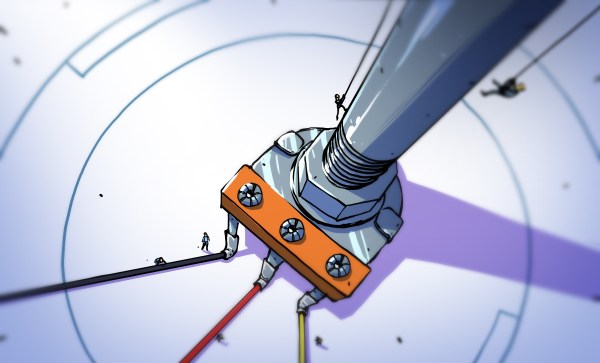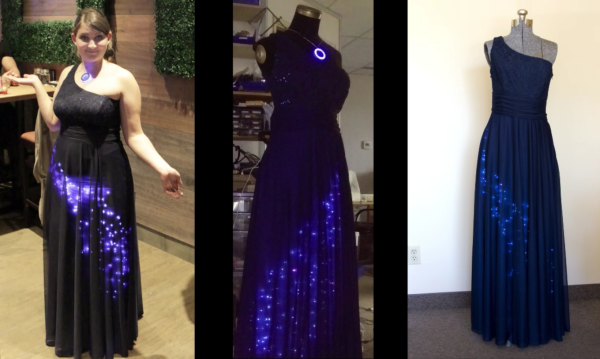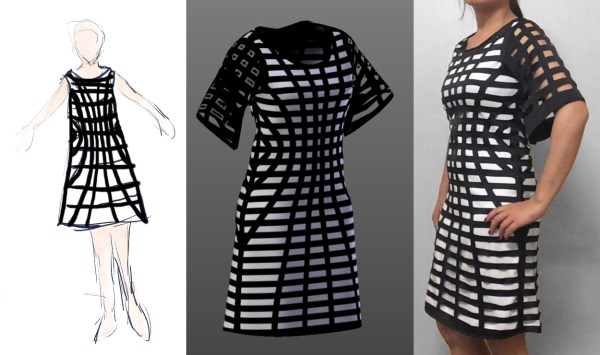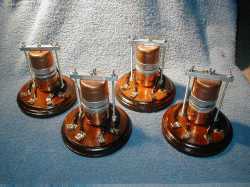The concept of free will is the perfect example of human arrogance ever conceived. If a gas molecule collides with another gas molecule, simple physics can determine the momentum of the first gas molecule, the kinetic energy imparted to the second gas molecule, and the resulting trajectories of both molecule. Chemical reactions are likewise easy to calculate. Scale a system up to something the size of a human brain, and you have a perfectly predictable system. It’s complex, yes, but predetermined since the beginning of time. You are without moral agency, or any independent thought of your own. You are merely a passive observer in a vast, cold, uncaring universe. You are cursed with the awareness of this fact.
For his Hackaday Prize project, [Patrick Glover] is proving we don’t have free will. Will he win the Hackaday Prize? That’s up for the cold machinations of fate to decide.
In the 1980s, psychologist [Benjamin Libet] performed an experiment. He connected an EEG to a subject’s arm and head, and asked them to flex their wrist whenever they felt like it. It turns out, an area of your brain generates an EEG potential a significant time before the subject is aware of deciding to flex their wrist. This is a foundational study in the physiology of consciousness, and direct evidence an IRB is okay with giving subjects an existential crisis.
[Patrick] is in the process of replicating the [Libet] study. Unlike the 1980s experiment, [Patrick] has access to handy Arduino shields and MATLAB, making the experimental setup very easy. The results, of course, will be the subject of philosophical debates continuing until the heat death of the universe, but we already knew that, didn’t we?
Check out the comments below for objectors predictably saying they do, in fact, have free will.

























